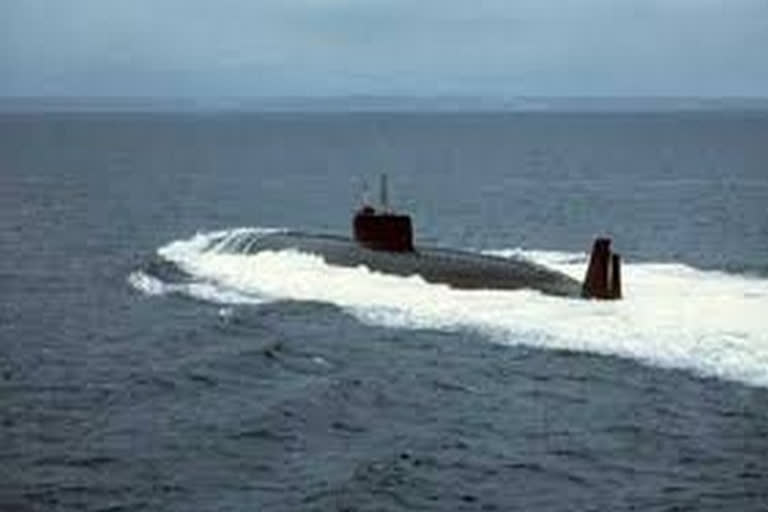Portland (US):The release of about 3,000 pages of documents delving into the deadliest submarine disaster in US history has not yielded any sinister effort to hide the truth, a retired Navy skipper says. Instead, documents show the Navy's policies and procedures failed to keep pace with fast-moving technological advances during the Cold War, allowing a series of failures that led to the sinking of the USS Thresher on April 10, 1963, said retired Capt. James Bryant, who sued for release of the documents under the Freedom of Information Act.
"There's no coverup. No smoking gun," he said. That doesn't make it any less tragic, though. The loss of the nuclear-powered submarine and all 129 sailors and civilians aboard during a test dive in the Atlantic Ocean was both a tragedy for the families and a blow to national pride during the Cold War. The Thresher was the first of a new class of attack submarines that could travel farther and dive deeper than any previous sub.
But the documents suggest the nuclear-powered submarine's capabilities outstripped the Navy's best practices based on older-generation subs. For example, the ballast system used to surface in an emergency was a legacy system that was never tested at greater depths, and proved to be inadequate, the documents show. There were known problems with the silver-brazed joints in pipes throughout the sub. And training was inadequate for a nuclear reactor shutdown at depth.
Read: German court sets trial date for former Nazi guard, aged 100
The Navy believes the Thresher's sinking was likely caused by a burst pipe and electrical problems that led to a nuclear reactor shutdown. “The Navy continues to stand by and remain transparent with the families and the public on the conclusions of the 1963 Court of Inquiry and the likely scenarios that caused the loss of Thresher,” said Lt. Katherine Diener, a Navy spokesperson. Another 4,000 pages of Thresher-related documents are due to be released, she said.
Bryant, himself the skipper of a Thresher-class submarine, agreed that a series of events led to the sinking: The sub descended far too quickly without stopping to assess for leaks from previous shock testing months earlier; there were training concerns because the location of valves had changed while in dock; and ice buildup prevented the crew from effectively blowing the ballast tanks to resurface. The main cooling pumps eventually stopped, followed by the nuclear reactor, robbing the submarine of the ability to stop its fatal descent, he said.
